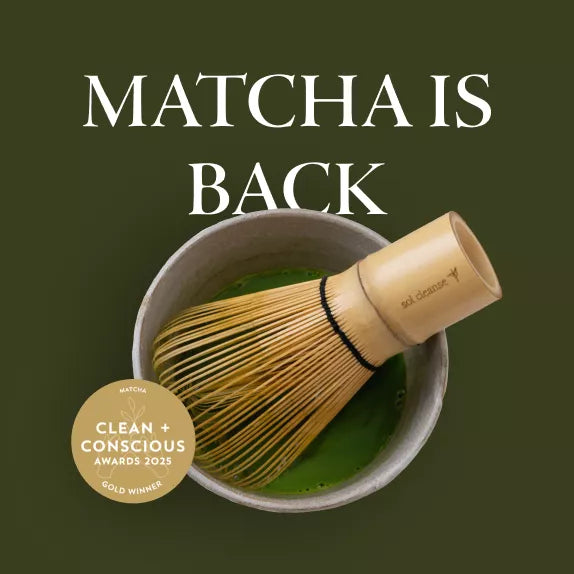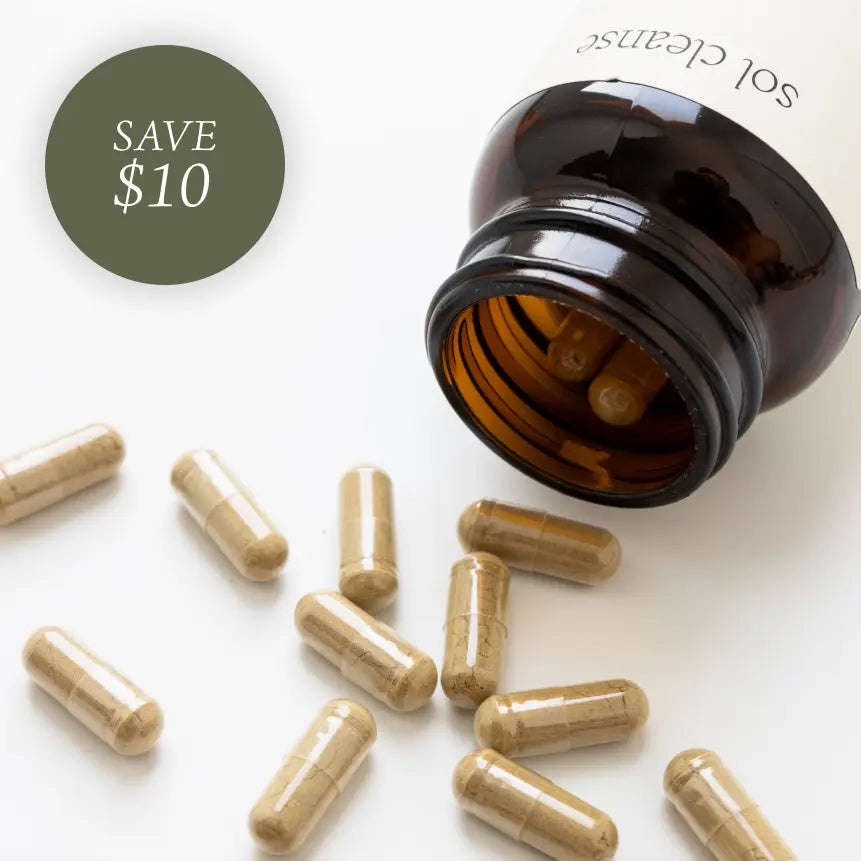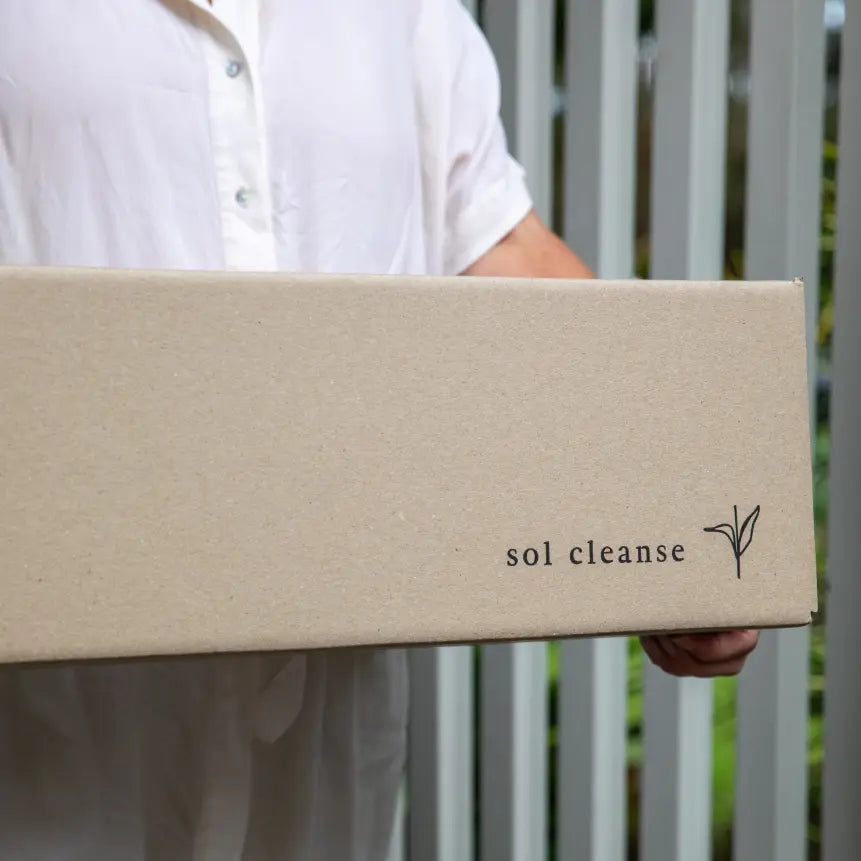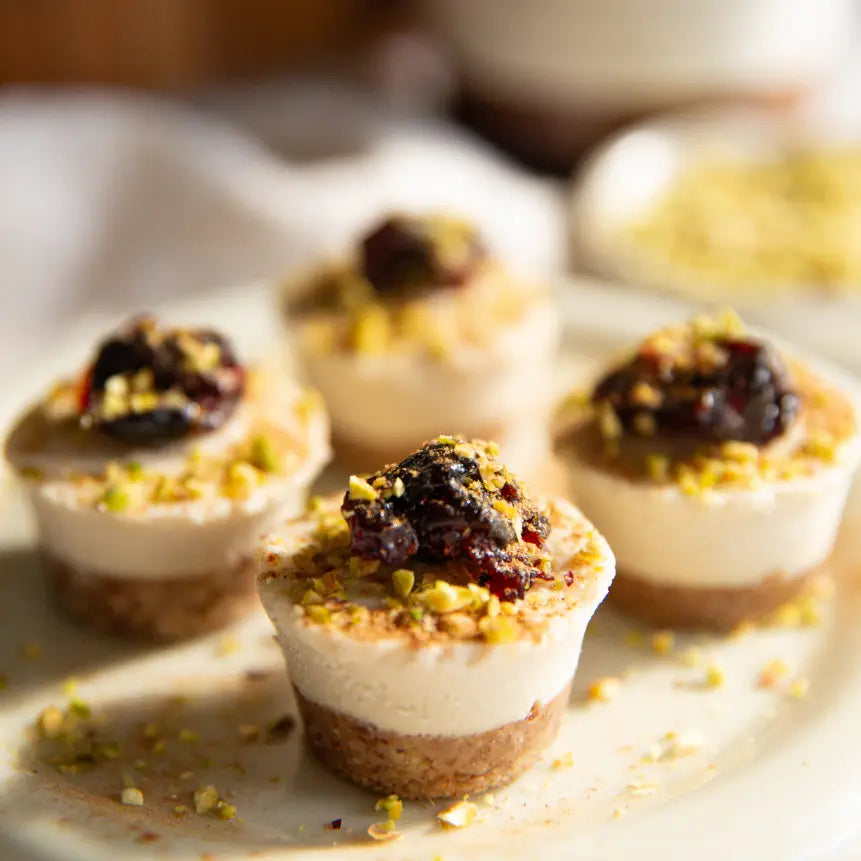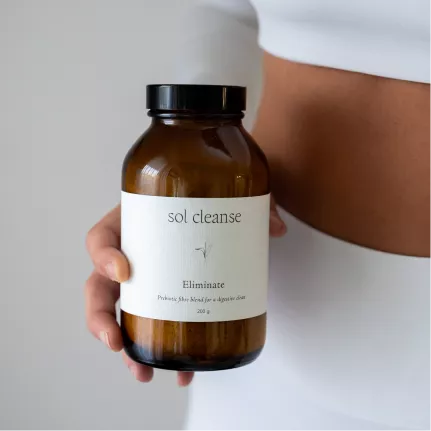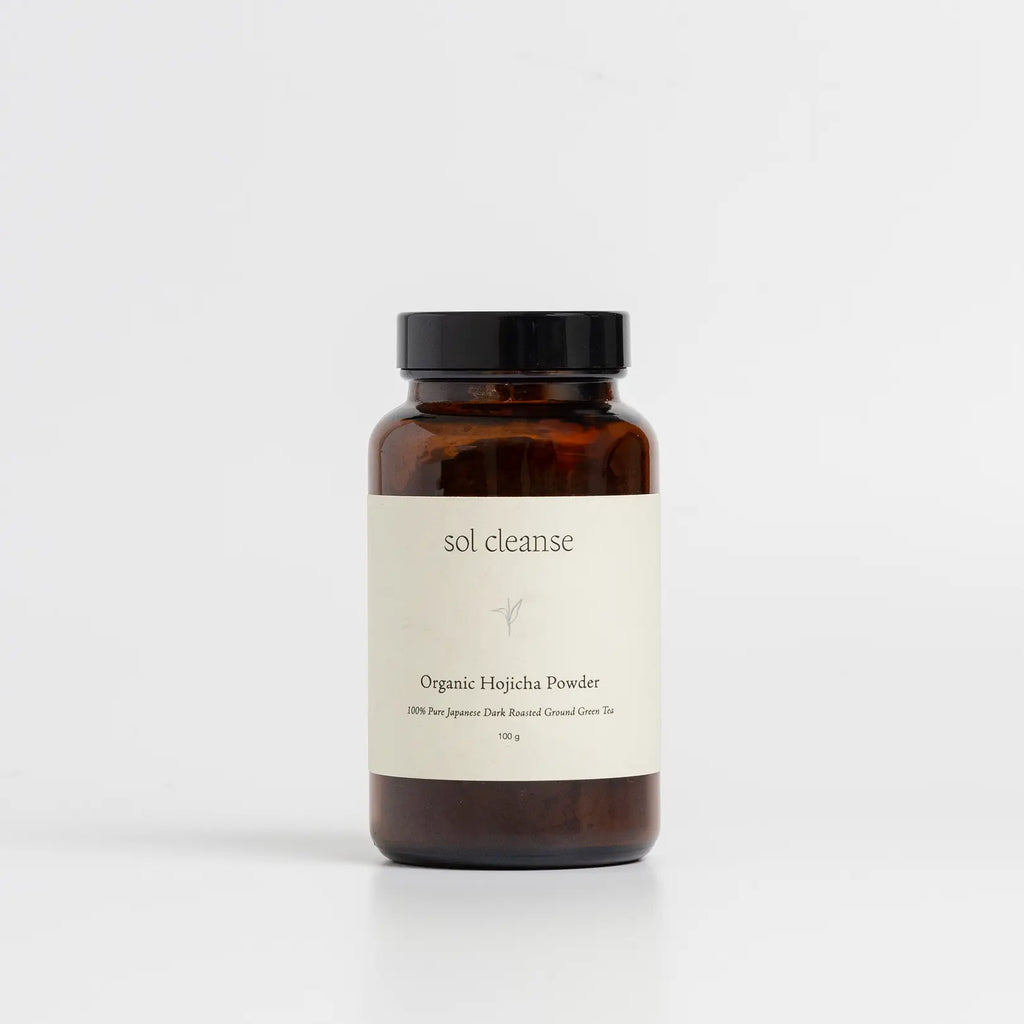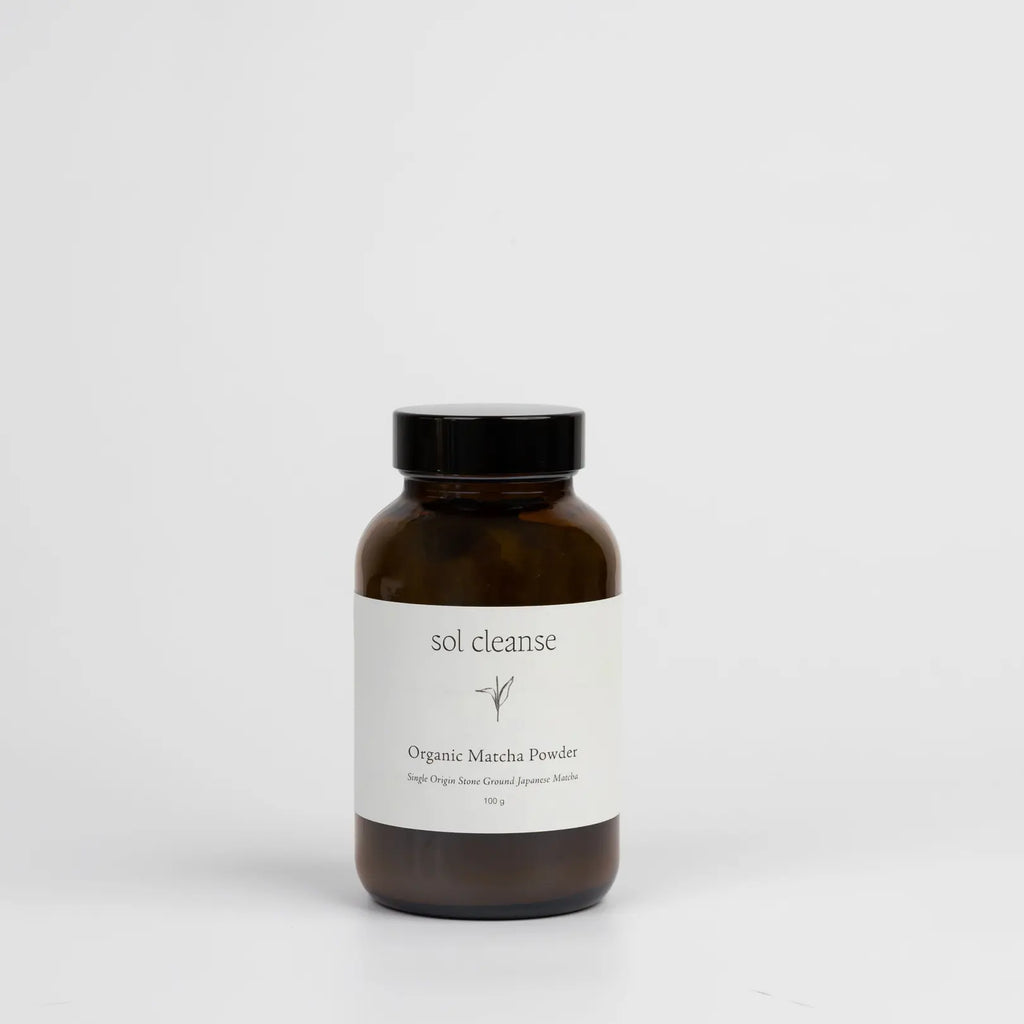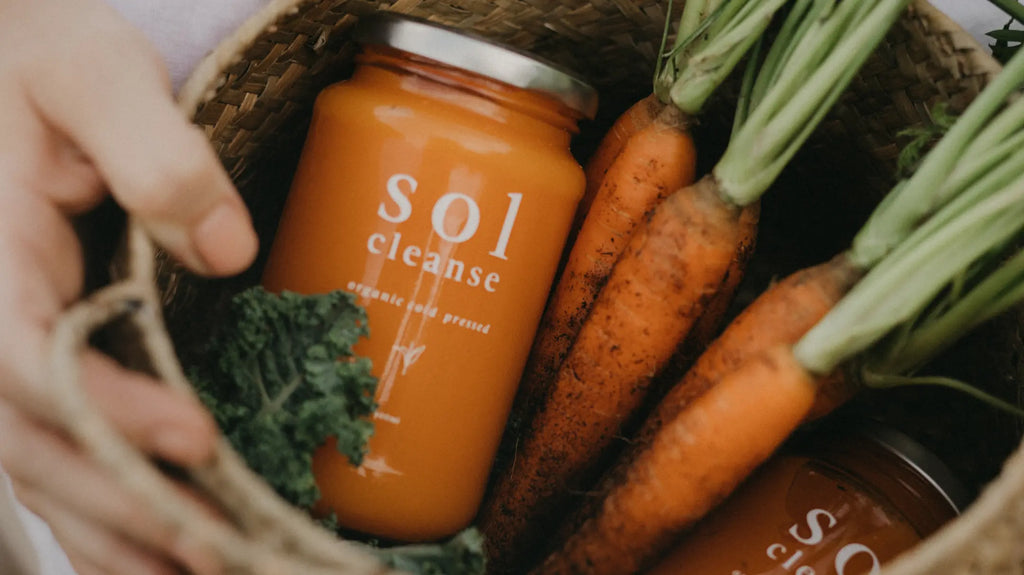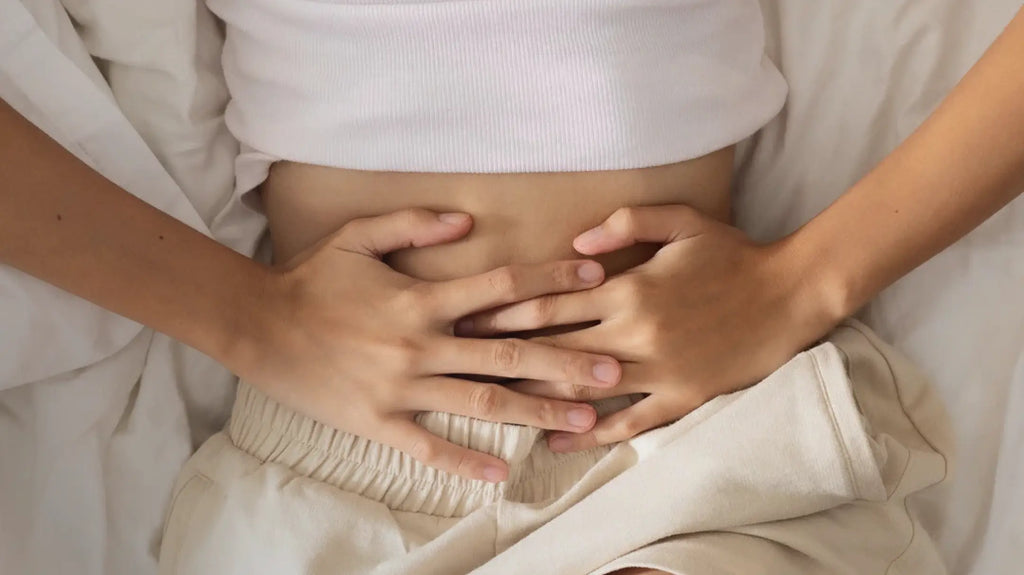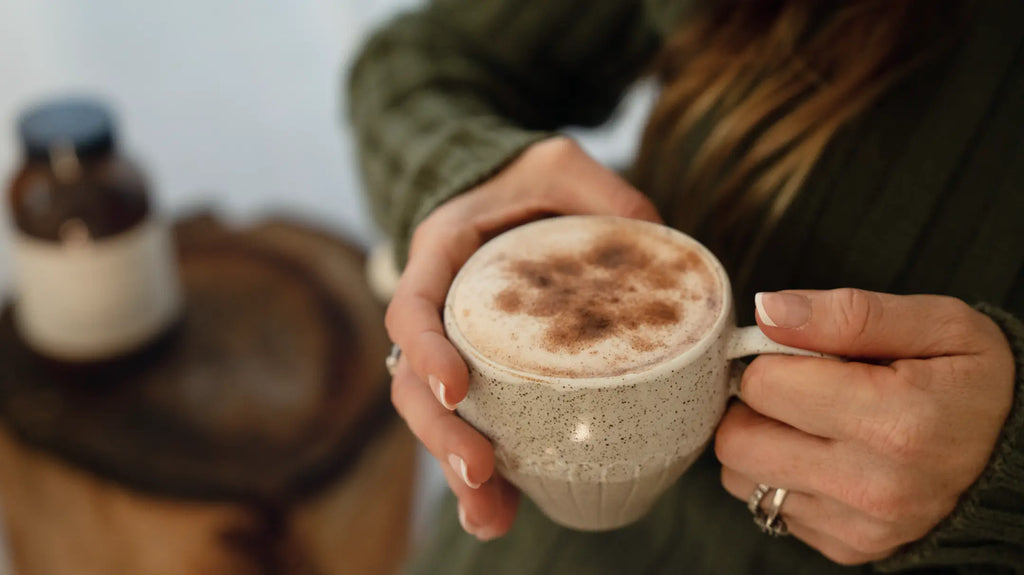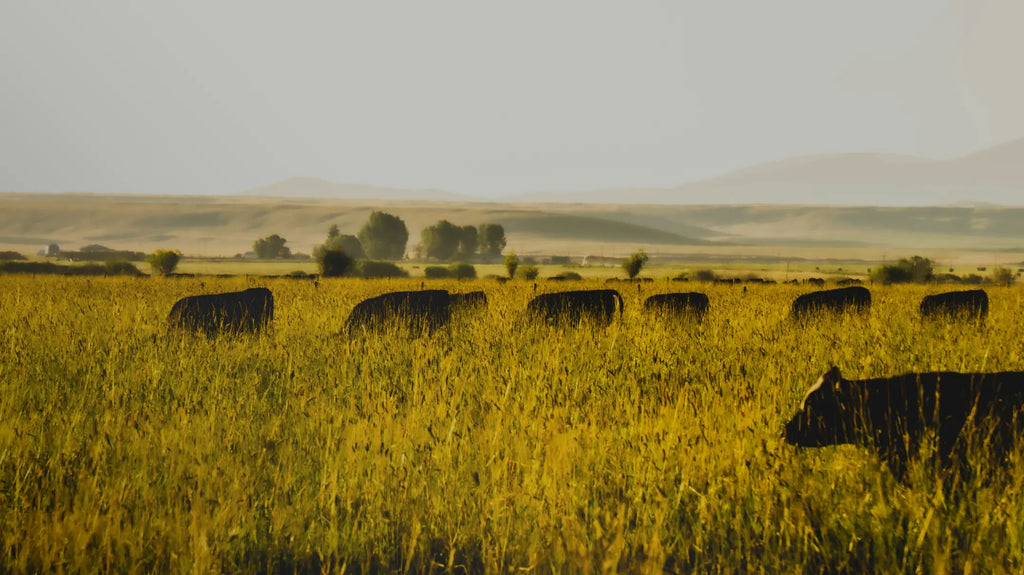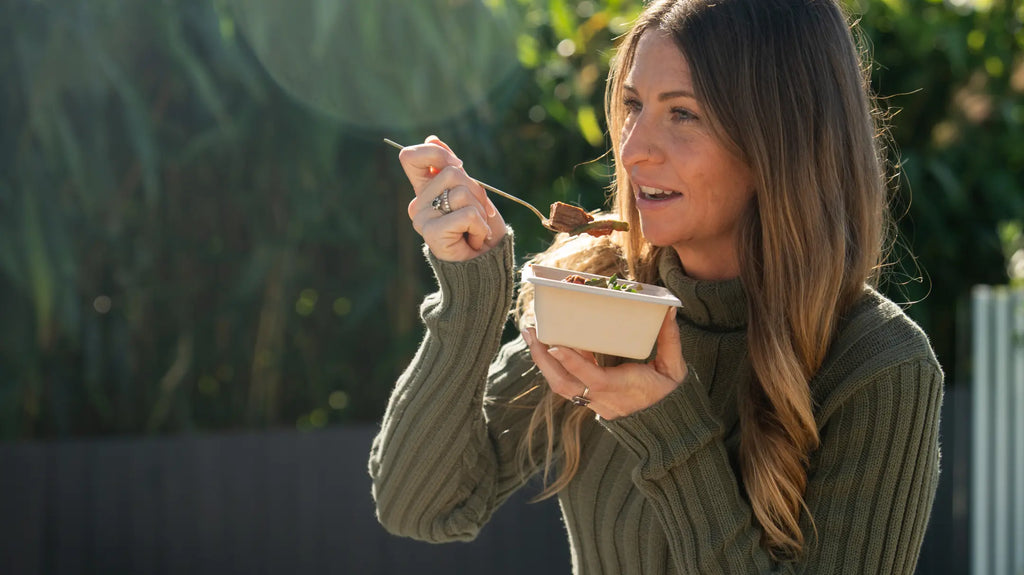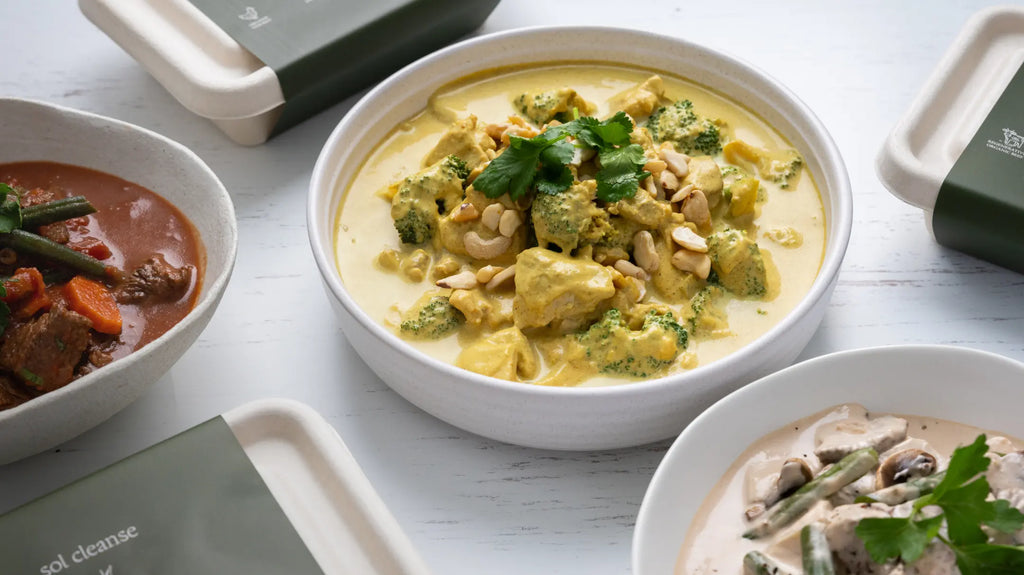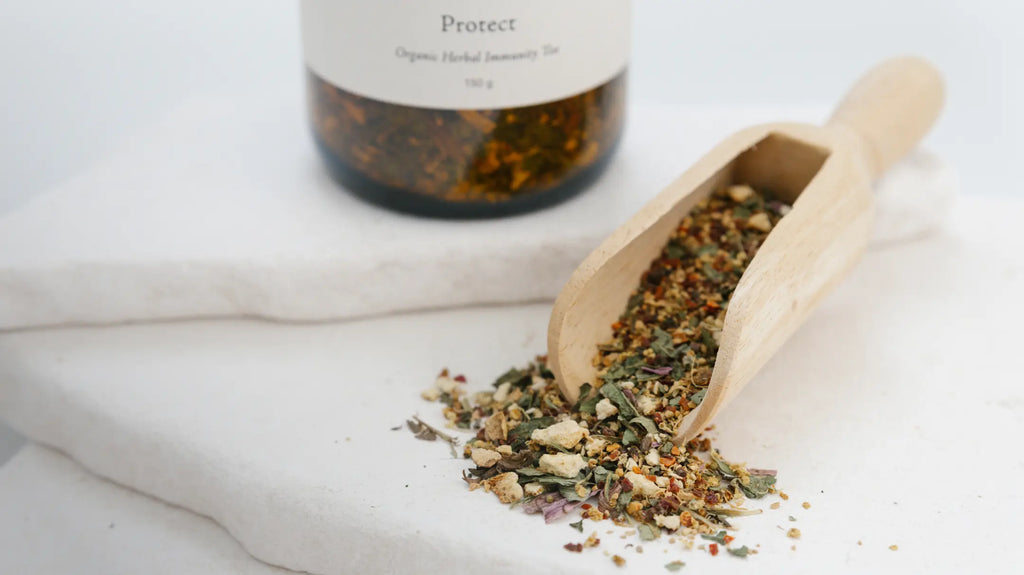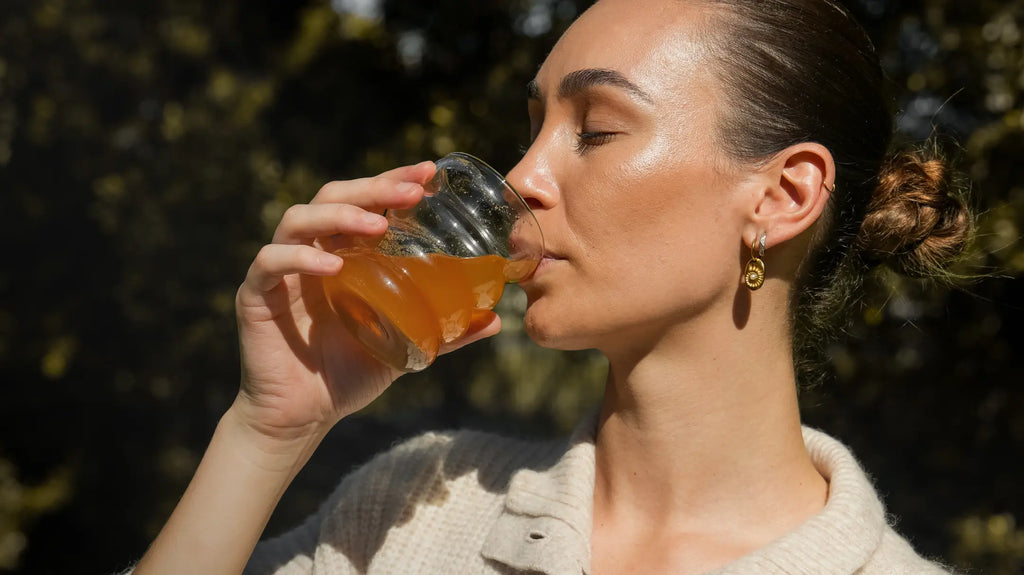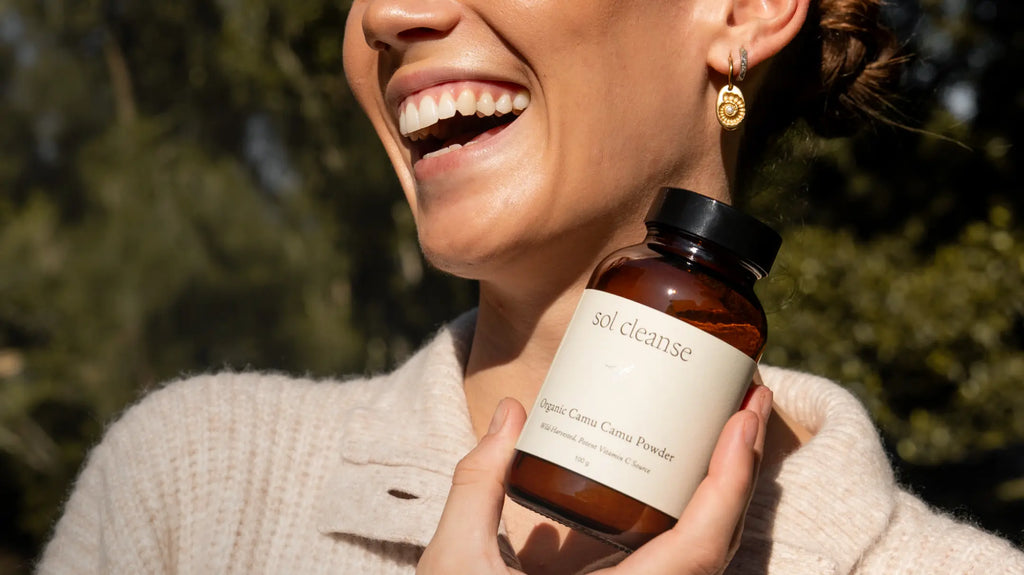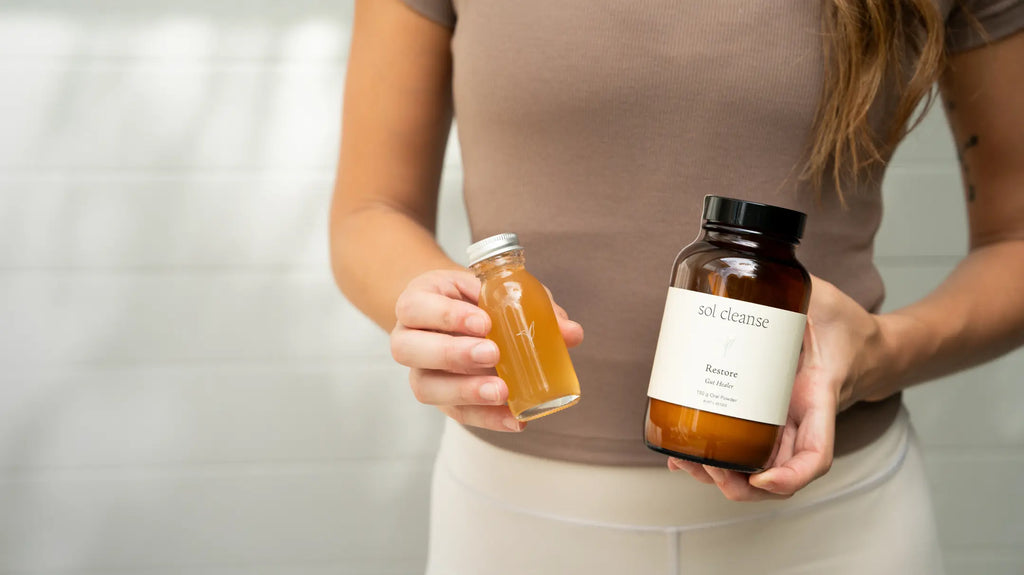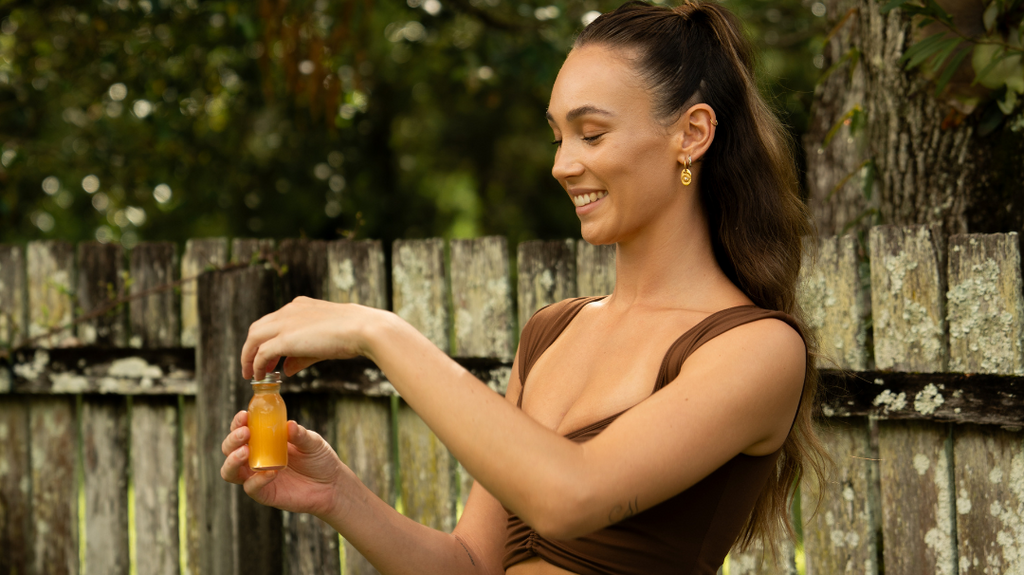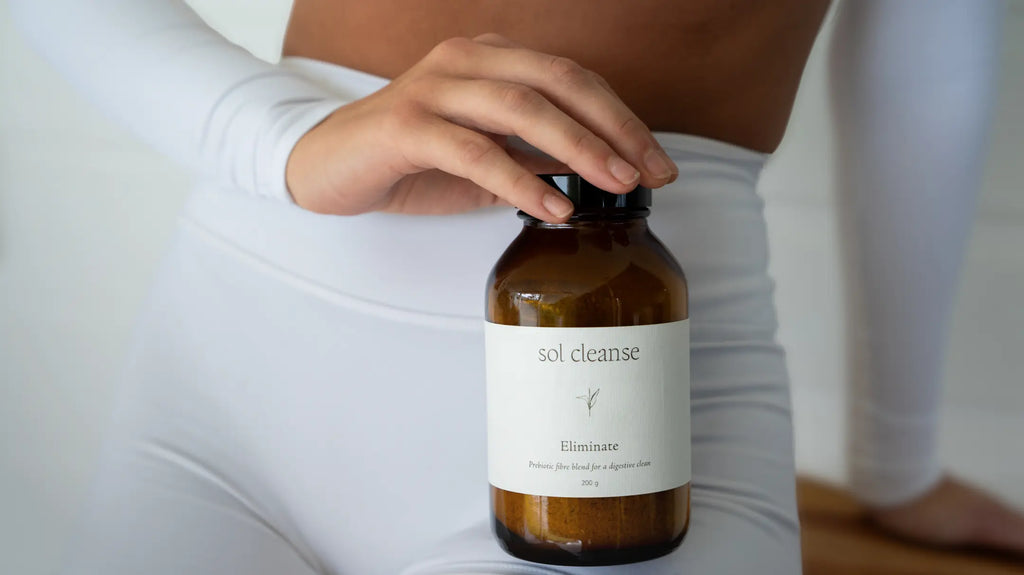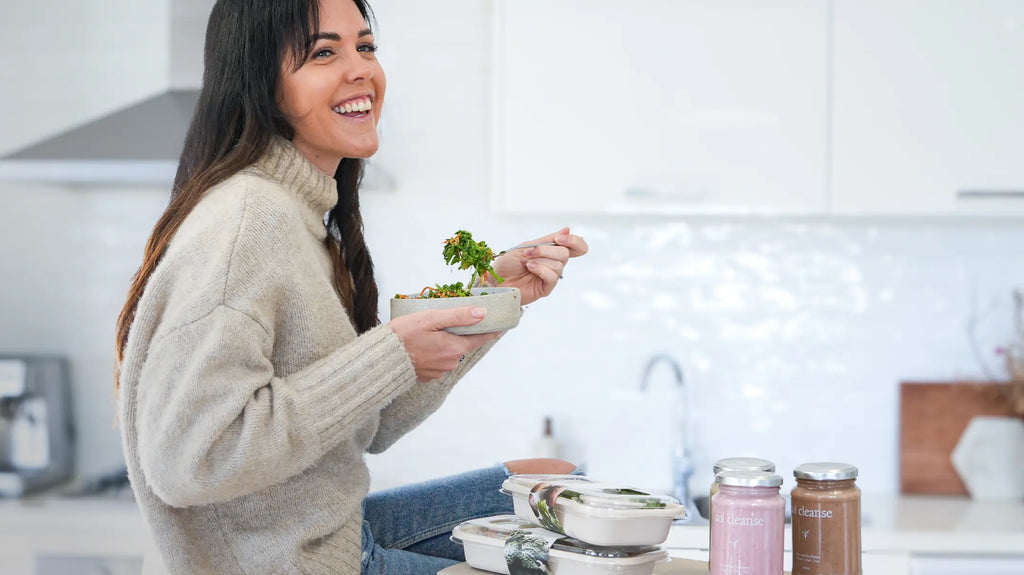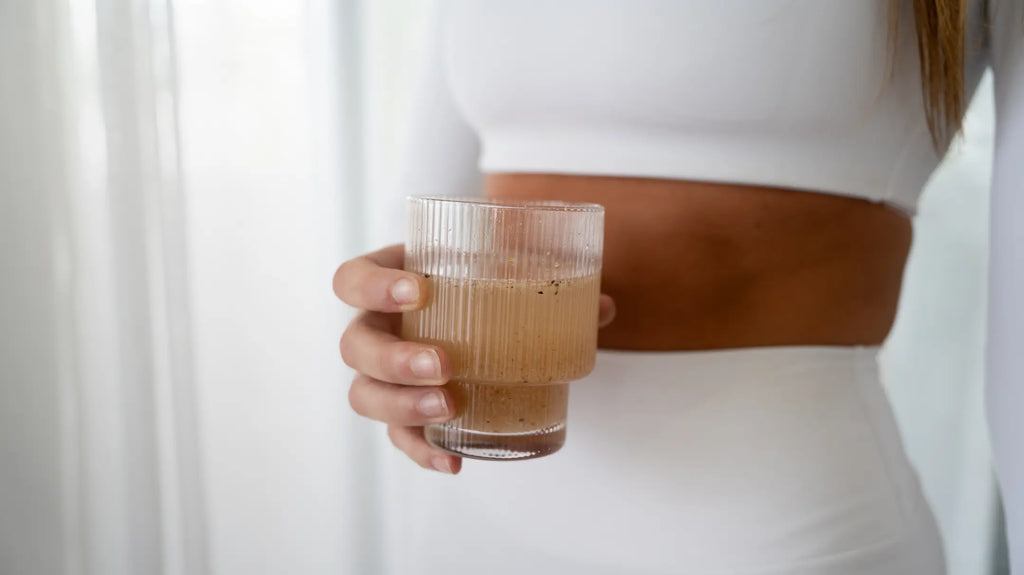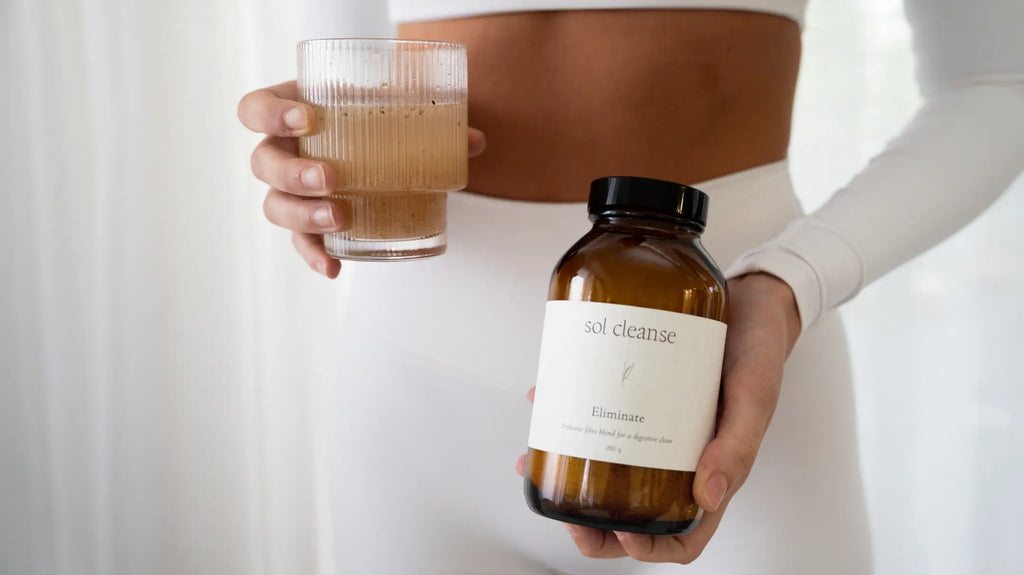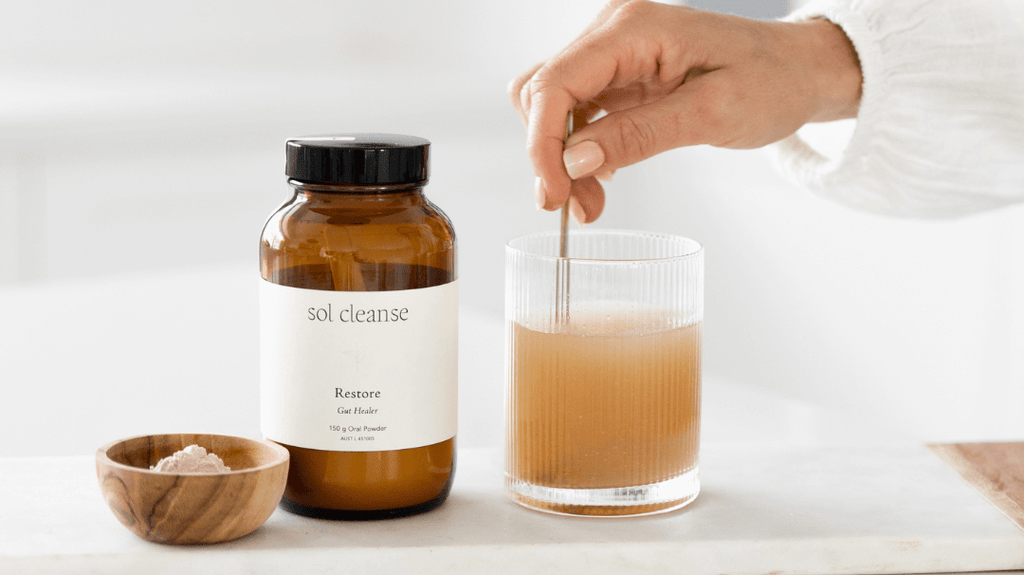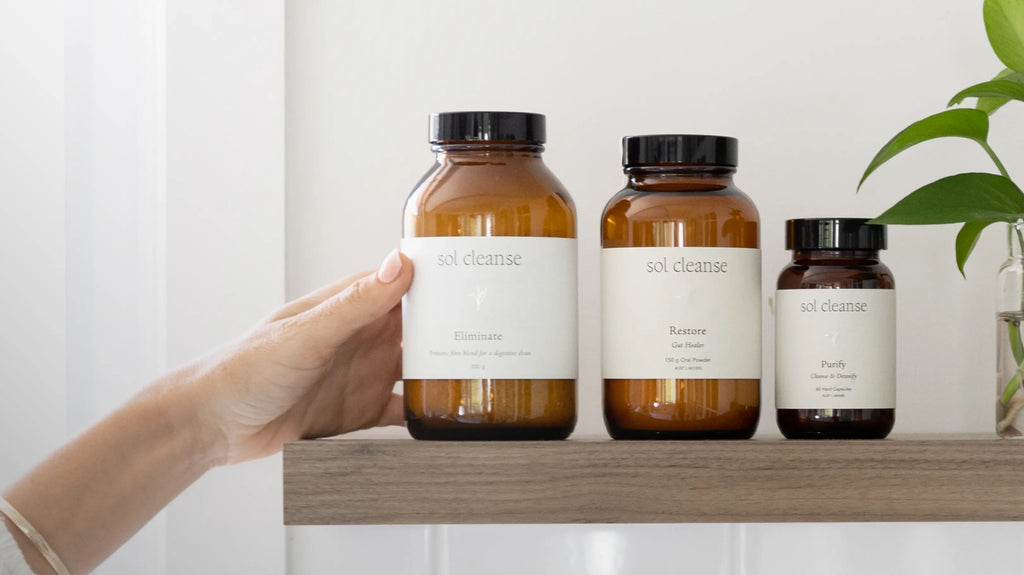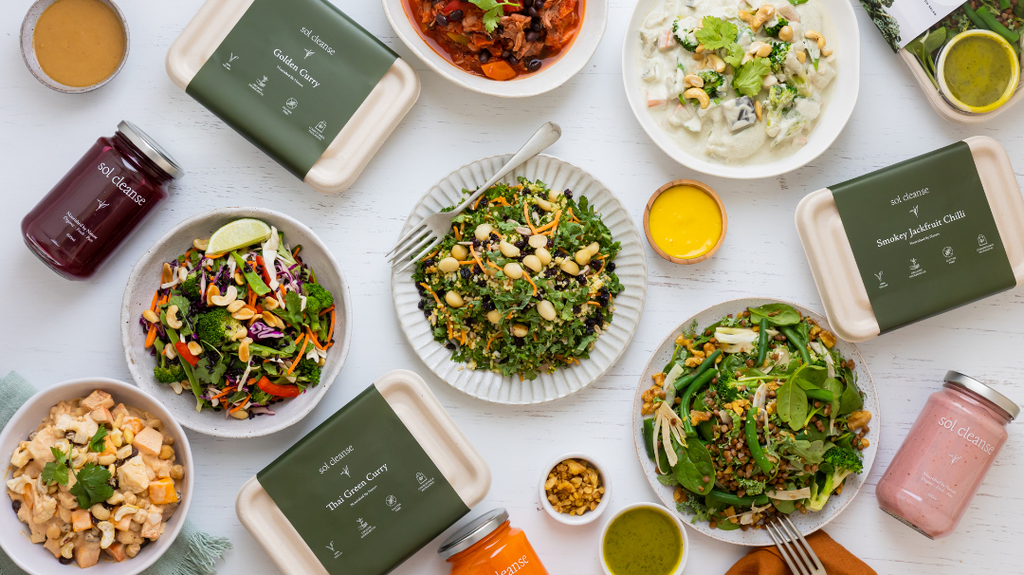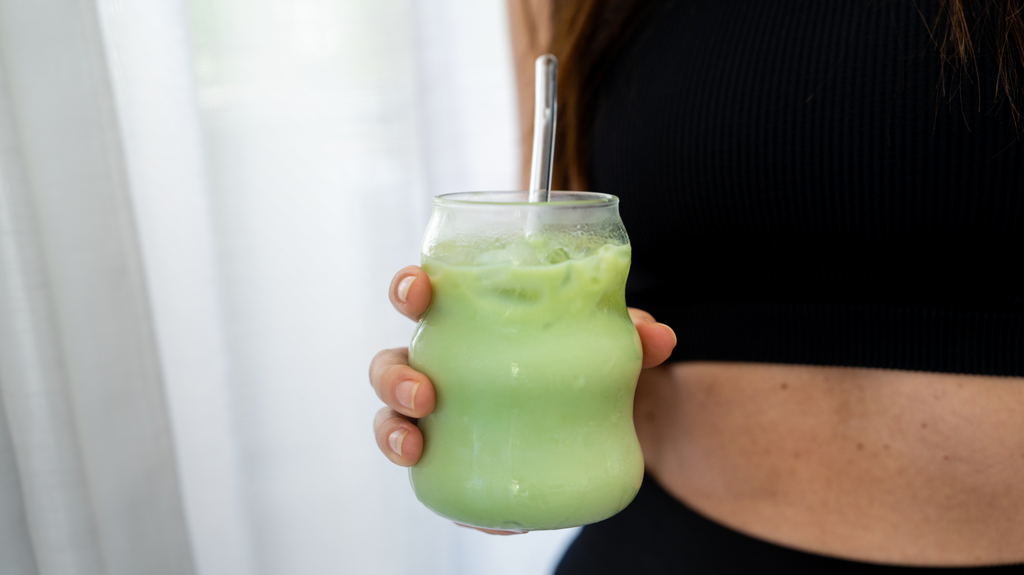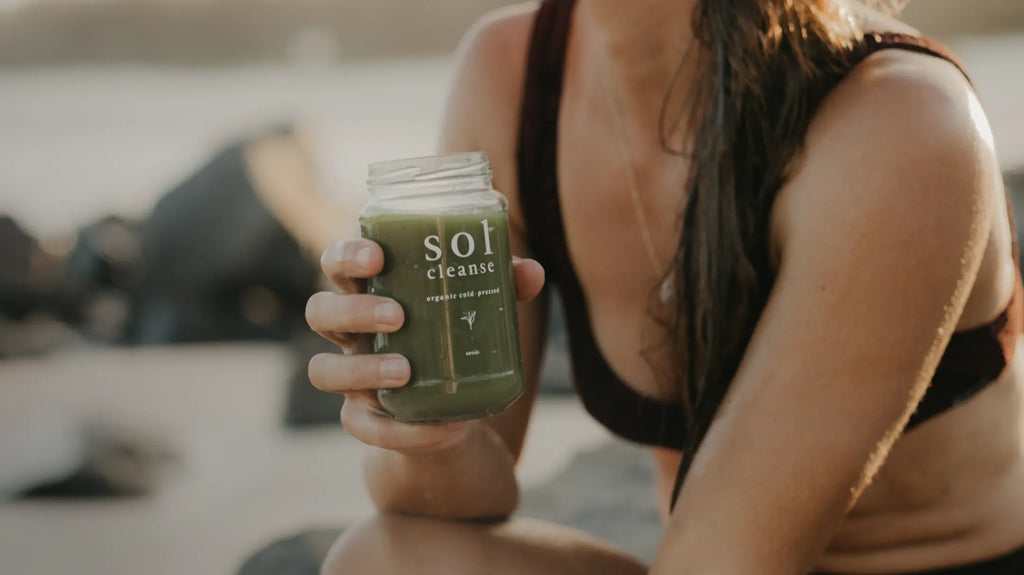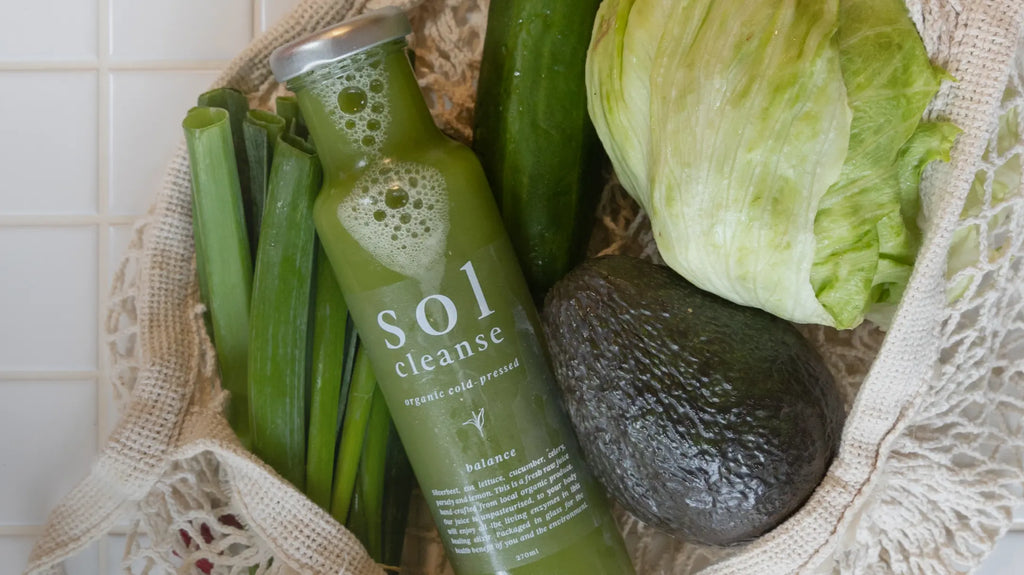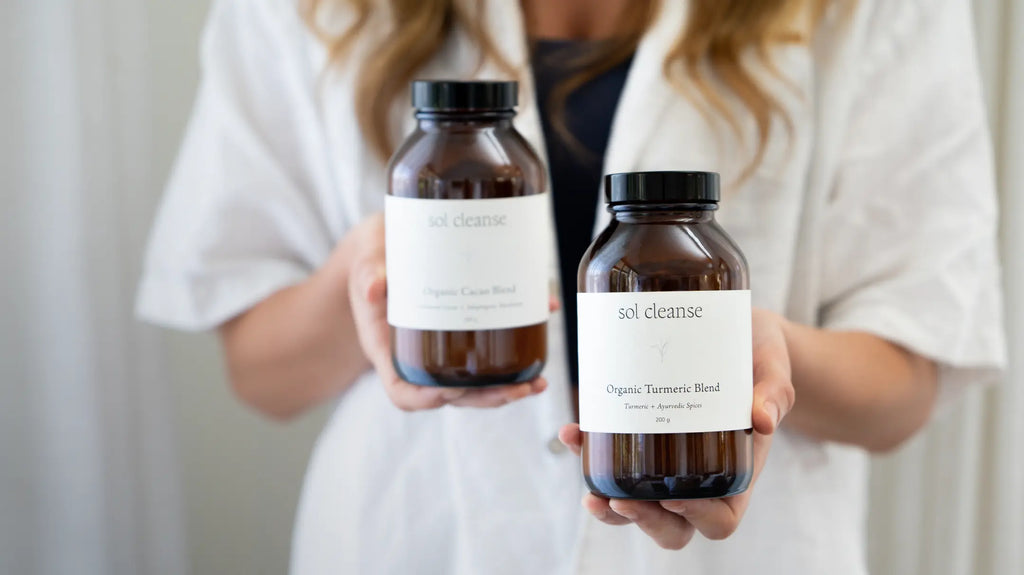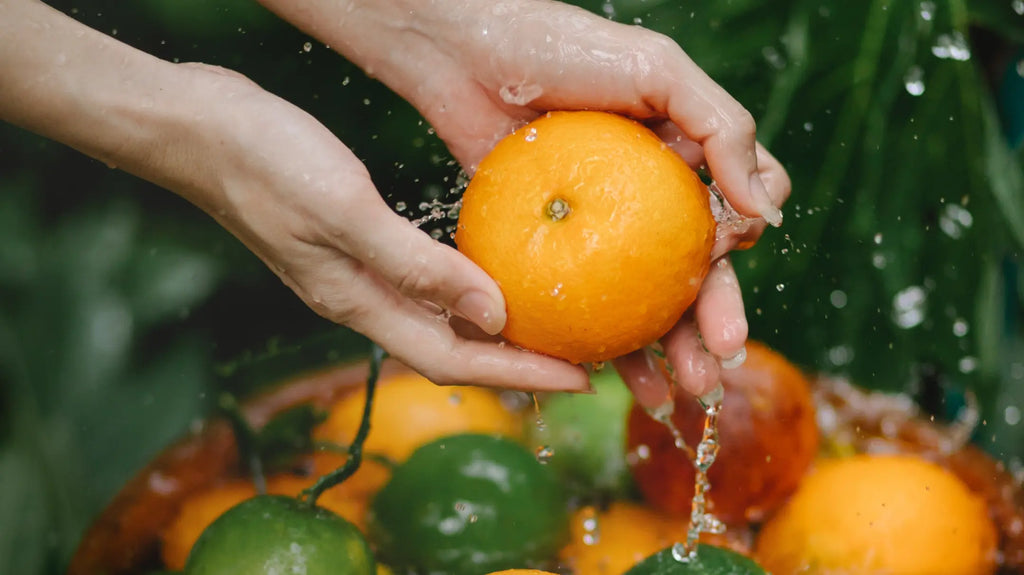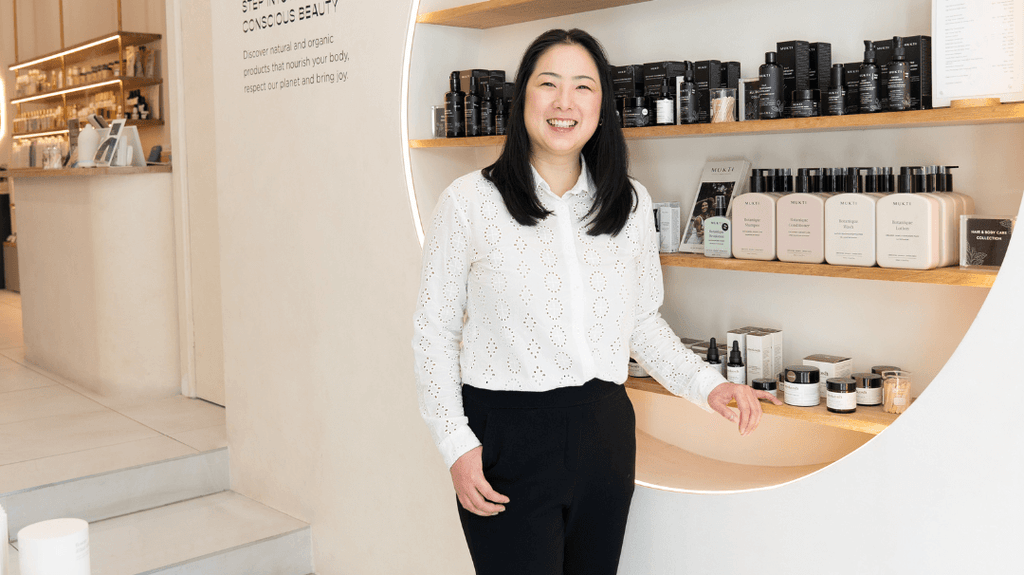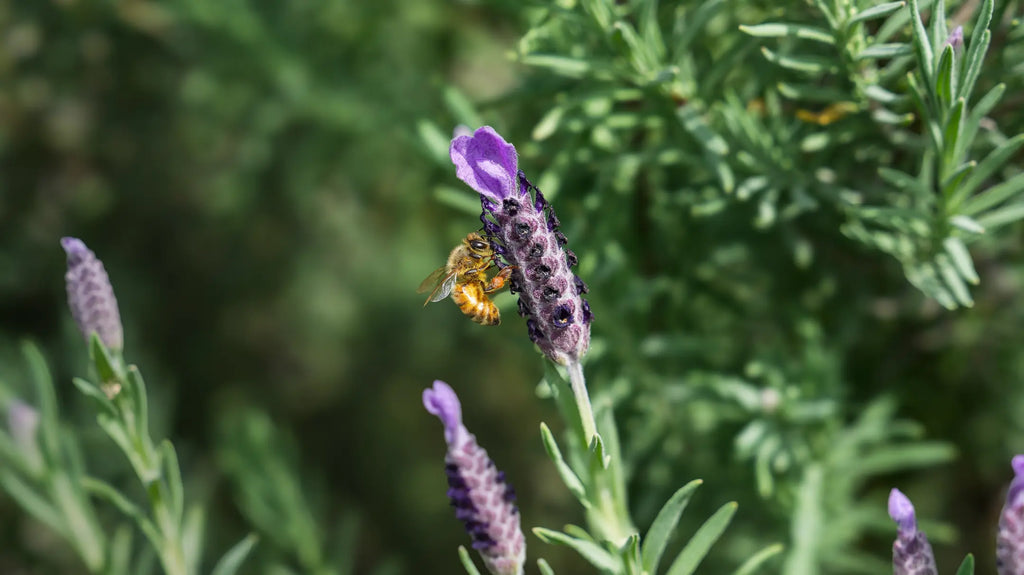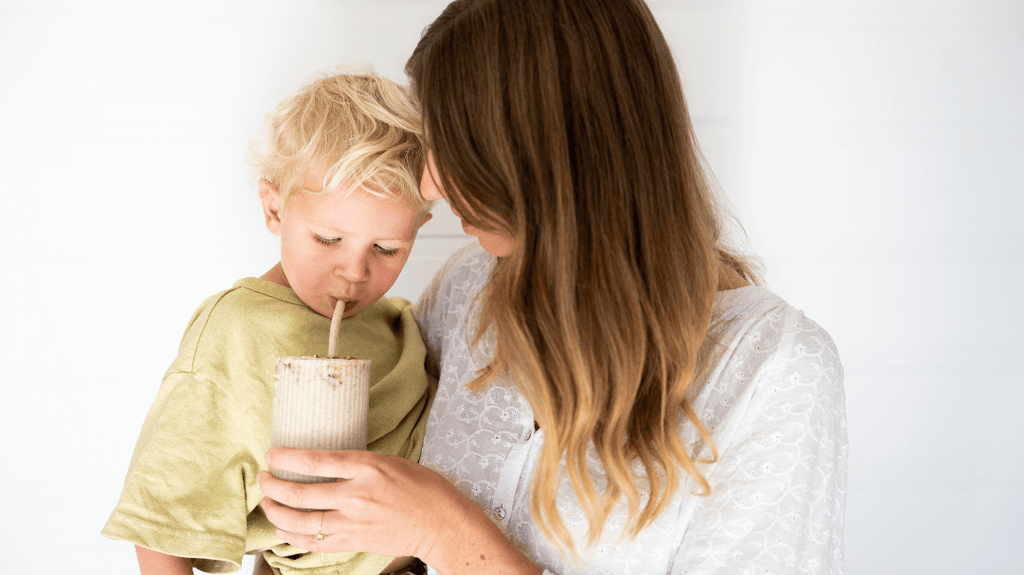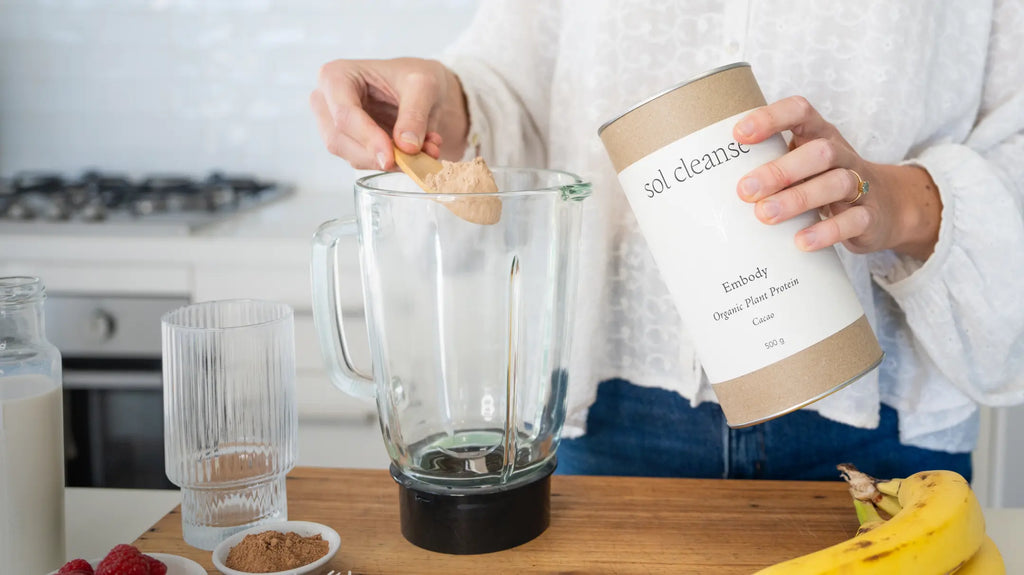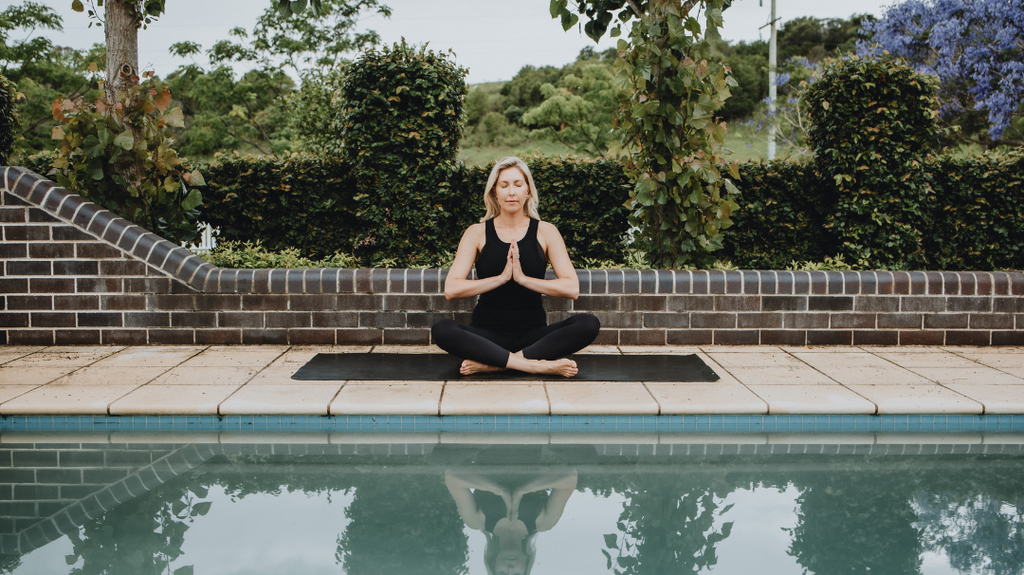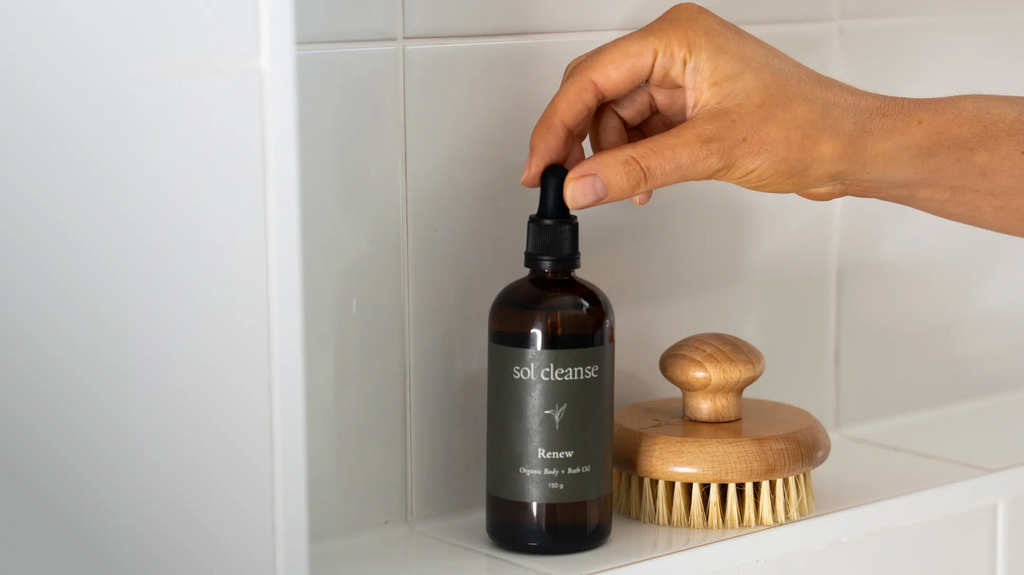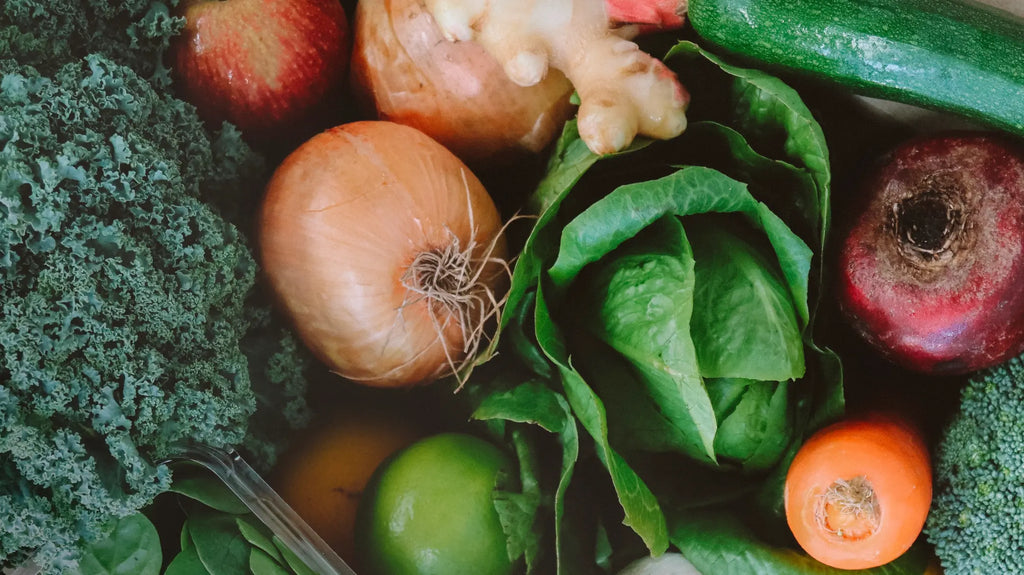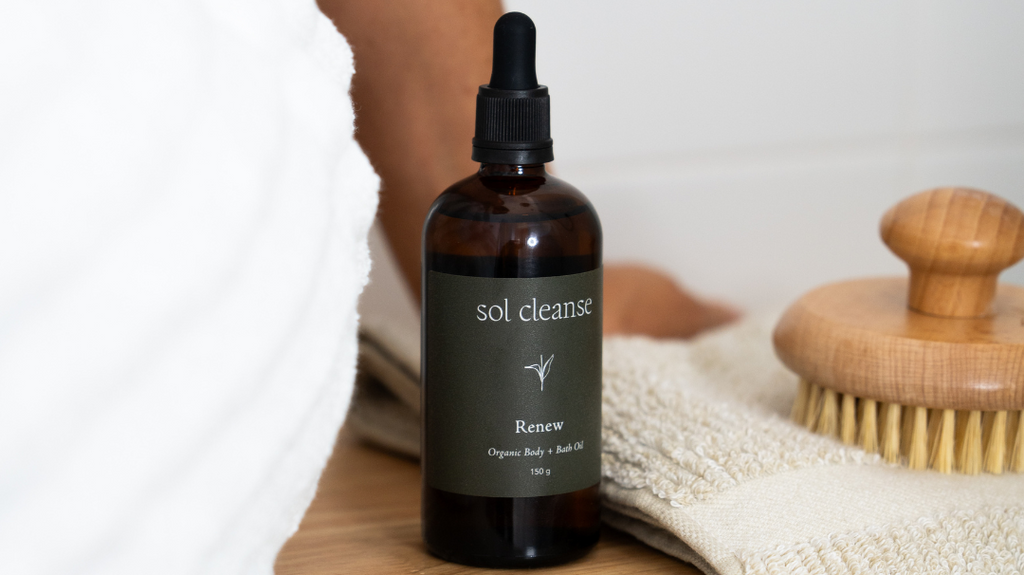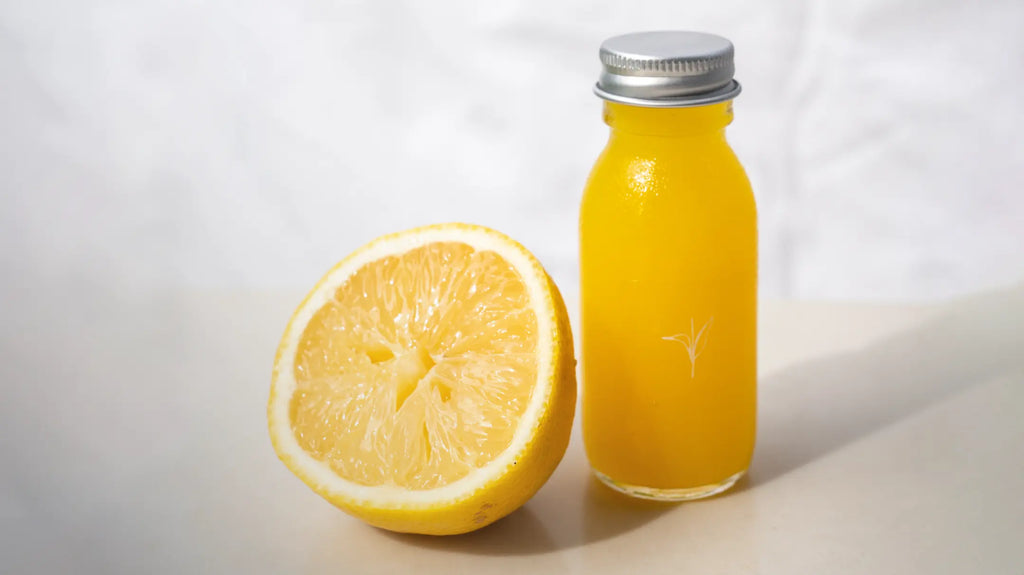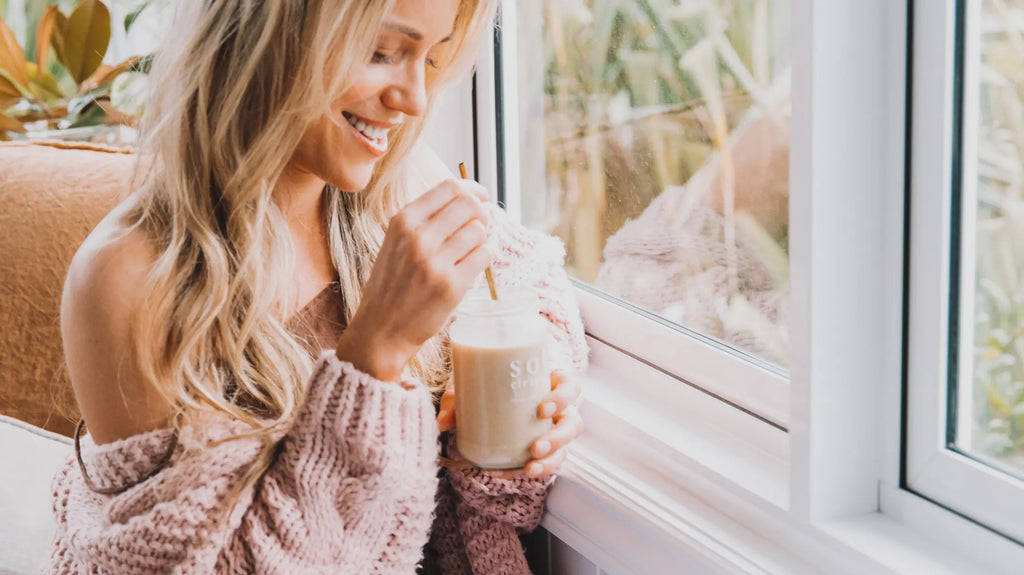What is Hojicha? Is it similar to Matcha? And what are the benefits? We’re here to clear up any confusion!
Both matcha and hojicha are celebrated in Japanese tea culture — yet they couldn’t be more different in taste, aroma, and energy. While they share the same plant origin (Camellia sinensis), it’s the way they’re grown and processed that makes each one unique.
If you’ve ever sipped a creamy matcha latte and then tried a toasty, caramel-like cup of hojicha, you’ll know they exist on opposite ends of the flavour spectrum. One energises and sharpens the mind; the other soothes and grounds.
Let’s explore the differences so you can choose the perfect tea for your mood, health goals and daily routine.
Origin & processing
The magic starts in how the teas are made. Let’s compare.
Matcha is made from shade-grown leaves — a practice that boosts chlorophyll and amino acids, giving it that signature vibrant green hue. Once harvested, the leaves are steamed, dried, and stone-ground into an ultra-fine powder. Because you consume the whole leaf, matcha delivers a potent concentration of antioxidants, L-theanine, and caffeine.
Hojicha, on the other hand, begins as green tea leaves or stems (often bancha or sencha) that are gently roasted at high heat. This process transforms their colour to a warm, golden brown and infuses the tea with a smooth, nutty flavour. The roasting also reduces bitterness and caffeine — making hojicha beautifully mellow and easy on the system, which is why hojicha is often enjoyed in the evening in Japan.
Flavour profile & drinking experience
Matcha is bold, earthy and slightly sweet with a signature umami creaminess. Because you’re drinking the ground leaf, it has a rich body and a velvety feel.
Hojicha, on the other hand, is light, roasty and mellow. Roasting creates a natural caramel and nutty flavour. If you’ve found green tea too grassy or astringent in the past, hojicha may be your perfect match.
Together, they offer balance: one uplifts, the other unwinds.
Caffeine & health benefits
Matcha naturally contains more caffeine (comparable to a small coffee) making it an energising choice for mornings or when you need focus. Because the whole leaf is consumed, matcha is especially rich in antioxidants like catechins (EGCG), which research suggests can support heart health by lowering cholesterol and slightly reducing blood pressure. It’s also high in L-theanine, an amino acid that works with caffeine to promote calm, sustained concentration without the jittery edge of coffee.
Hojicha contains only a fraction of that caffeine, particularly when made from stems rather than leaves. This makes it ideal for anyone sensitive to stimulants or wishing to avoid caffeine later in the day. Despite its lower caffeine, hojicha still delivers an impressive antioxidant profile. Although the roasting process alters some catechins, studies suggest its remaining compounds remain highly bioavailable and continue to support cardiovascular health and overall wellbeing. Many find that a warm cup of hojicha after dinner aids digestion and signals to the body that it’s time to unwind.
5 reasons to love Hojicha
- Lower caffeine – perfect for afternoons, evenings, or anyone sensitive to stimulants.
- Smooth, mellow taste – no bitterness, just a warm toasty flavour.
- Source of antioxidants – even after roasting, research shows hojicha’s beneficial compounds remain active.
- Delicious iced – Iced hojicha brings out natural sweetness and is wonderfully refreshing.
- Pairs beautifully with food – the nutty, caramel like notes work with both savoury dishes and desserts.
How to enjoy them
How you prepare these teas is an act of self-care in itself — a chance to slow down, connect, and savour the moment.
For matcha, whisk one to two teaspoons of the powder with hot — but never boiling — water, using a bamboo whisk until a fine foam appears. Sip it as is, or add warm plant milk for a creamy matcha latte. It’s also beautiful served over ice on warmer days, plus you can add seasonal fruits like our Strawberry Iced Matcha.
Hojicha follows a similar ritual, though with a completely different energy. Place one teaspoon (around 2 grams) of hojicha powder into a bowl and add 50 ml of hot water. Use a matcha whisk to blend gently in a “W” motion until a soft foam develops. Pour the whisked hojicha into your cup and add your choice of warmed milk for a comforting hot latte — or pour it over ice with cold milk for a naturally sweet, roasted iced latte. Its smooth, toasty flavour pairs beautifully with both dairy and plant-based milks, creating a soothing, low-caffeine moment of calm you can enjoy any time of day.
So, which tea should you choose?
Choose matcha when you want a vibrant, energising tea that supports focus and gives you a gentle lift. It’s your go-to before work, study, or a workout. When you’re craving something grounding, soothing and low in caffeine—choose hojicha. It’s perfect for afternoons, evenings, or as a mindful tea break.
Both teas are nourishing in their own way and having both on hand means you can tune into what your body needs at the moment. We love celebrating the beauty and uniqueness of teas like matcha and organic hojicha—not only for their flavours but also for how they can support balance and wellbeing in everyday life. Whether it’s a bright green matcha latte to kick off your morning, or a calming iced hojicha to wind down at night, there’s truly tea for every mood.
